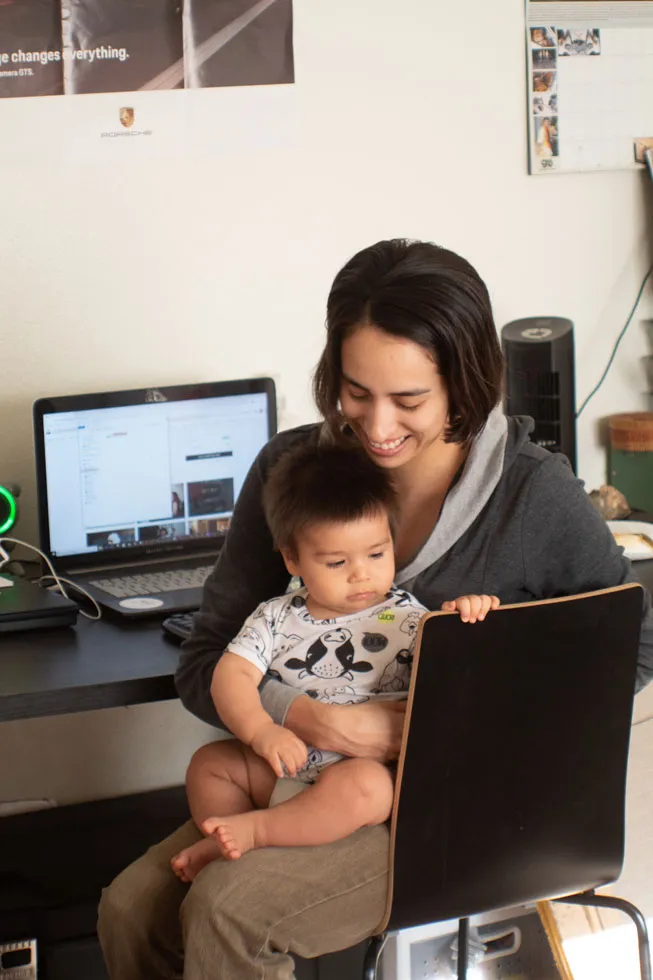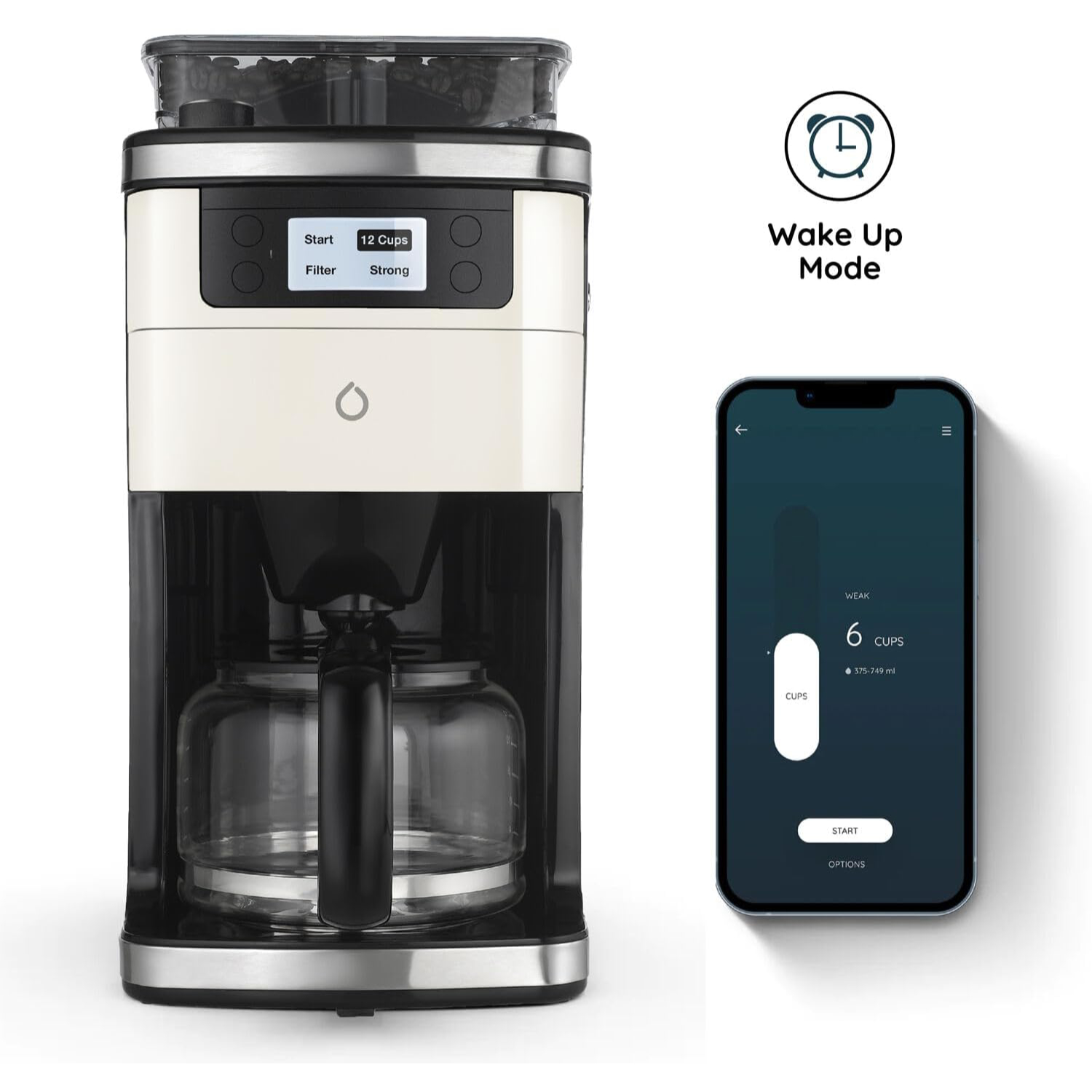Finding Balance – 12 Essential Keys to Working from Home Effectively
Working from home often conjures up images of working at your desk in pyjamas, day time television on in the background, and basically the assumed freedom of being able to decide when you do, what you need to do. While the freedom is very real, being master of your own clock and learning to juggle demands, responsibilities and family life is a learned experience.
Learning to work from home effectively and efficiently, while ensuring that your personal space and time remains sacred does take some planning and a disciplined approach. It’s so easy for work to bleed in to home life and all the more so when you work from home. After some 15 years of working from home, here are some lessons that I’ve learnt along the way.
It’s not difficult to work from home effectively and efficiently, once boundaries and limits are set for yourself and for your boss or your clients.
Here are my top 12 (+1) tips on how to work from home effectively:
1. Dress for work
As tempting as it may seem, working all day in your jammies, only to have an evening shower and change in to your next set of jammies is actually detrimental to working effectively. Believe me, I’ve done it, and every time I do it, I wish I didn’t.
Staying in pyjamas all day is great for a slow, lazy day. One of those kind of days, when you want to spend the day slouching and mooching around, generally being a slob, and of course, you’re allowed those kinds of days.

But, if you aim is to actually get some work done, then it really is best to dress ‘as if’. That means, you need to dress as if you’re spending a day at the office or meeting a client (even if it’s only on Zoom) or whatever your task list for the day involves.
The psychology behind this is quite simple. Our clothes both reflect inwardly who we are and project externally the person we want to be. Our mannerisms, decision making, energy levels are all inextricably linked to the clothes we put on. Needless to say then, the energy and focus you bring to your work day is of course, strongly related to what you wear.
A full business suit might be a bit overkill, but something smart casual, and certainly comfortable will definitely get you more in the work mode than plain ‘ole joggers and pyjamas.
2. Work in a designated space
This may be a tricky one, especially if the kids are also at home and there isn’t a spare room that you can easily convert in to an office space.
That said, if you can, set up a specific corner in your home as your ‘office’. It doesn’t have to be much. A corner of the dining table, or if need be, one of those mini work tables that can double up as a coffee table in the lounge. The most important thing to do, is to NOT work in your bedroom.

Our minds and bodies associate specific spaces with rest and restoration while other spaces function as high activity, switched ‘On’ areas. In designating a specific work place that isn’t the bedroom, you are ensuring that when you do ‘shut down’ and get to bed, your mind and body actually does turn off and keeps work out of bounds.
3. Check email on a schedule
Remember the days when you actually had to log-in to a computer to check email, well having a computer in your pocket is one of the most amazing technological advancements, ever. However, it does mean that lines become increasingly blurred between work life and home life and never more so than when you work from home.
It’s so easy to reach over to check email and other messages first thing in the morning and just as easy to let your email client run in the background as you work. Effectively though it’s a bit like a colleague who pops his head over your cubicle every 10 mins – annoying and distracting.
Focussed work requires concentration, free from interruptions and this includes email. So unless you’re expecting an urgent message from someone, it really is best to check your email on a schedule, and not every two minutes.
Perhaps check it when you’re at your desk first thing in the morning. Respond to the urgent requests and leave less important messages to be dealt with later. Following that, work out a base schedule as to when you’re likely to be able to block out time to both read and respond to emails, outside of your work demands.
This makes for effective working on tasks at hand, and even better time management when you’re not distracted by pinging emails.
4. Turn off notifications for chat, messaging and social media
It took me a long time to learn that notifications from social media and messages are hardly ever urgent, and even less important.
Making a clean break from the buzzing notifications will at first feel like withdrawal, in which you reach over for your phone wondering ‘why the hell hasn’t any one said anything’, until you realise how triggered and reactive you can become when notifications run your every waking minute.
Once I turned off notifications, I learnt to check social media and messages when i wanted to and needed to. It becomes a purposeful exercise rather than a reactive one.
Like Pavlov’s dog, that pinging notification very effectively and efficiently trains us to ‘drop everything’ and ‘respond’, often instantaneously and without thought as to its necessity or urgency. To work from home effectively and efficiently means choosing how and when you respond to all requests and demands, including frivolous discussions on social media.
Of course, if you work as a social media manager, then that is a completely different story.
5. Limit communication modes
Gone are the days when a phone call relied on whether that person was home to speak to you. Today, each one of us responds to a wide array of potential communication modes from the landline (house phone), to the mobile phone and messages in every social media app. There’s no shortage of ways in which a person can be reached.
Yet what is most important here is to make a clear distinction between work and personal communication. Being able to be reached is a great convenience, however for purposes of privacy and professionalism, I would really recommend that you limit the number of ways in which you communicate for work. Not least because it will allow you some ‘breathing space’ to use different forms of communication for different purposes.
Communicating for work via email is a given. That is the standard operating procedure these days. Beyond that though, while you may have access and availability through every other messaging platform from FB messaging to Whatsapp, Wechat, or Line. Limit the number of ways in which you can be reached for work.
I personally communicate for work only via email and if very urgent, then clients know to send me a text message on my mobile phone. Not least because my notifications for all social media are off, (see Point 4 above) if a message is sent through one of these, there is a great possibility that it will not be picked up for days.
Whatsapp and Wechat for me are only for friends and family communications. So I know that every time I look at those, there will never be a work-based request and that is immensely gratifying and freeing.
6. Take your lunch hour – do not eat at your desk
It is an easy rut to fall in to when you work from home, and that is to ‘over-work’. Where interruptions and disruptions are often common place in an office/cubicle environment – a colleague popping over to ask a question, you get up to get some water from the water cooler, set meetings and conferences, very few of these happen when you work from home.
And if your kids are at school, there is an even greater likelihood that you get through work in a very focused manner. When this happens, it is so very easy to fall in to the ‘let me just get one more thing done’ mindset.

This often means, that you get up, make a cup of coffee and sandwich and bring it right back to your desk, where you eat in front of your computer and never really have a break.
Both for your sanity and well-being, it is important to step away from your desk, especially during your lunch hour. Go for a walk, watch some tv, make a long lunch, do something that gives you break and a change from your work routine.
7. Make a daily to-do list
Over the course of the work day at home, it’s very easy to get distracted by the various demands of home and family. Writing a to-do list helps keep focus on tasks that need completing. Using the bullet journal format is a great way to maintain a hierarchical list of importance when it comes to tasks that need to be complete and the time frame in which each needs to be done.
It is often also a good idea to include other demands and responsibilities on your time within your to-do list as it will provide a truer picture of the tasks you have ahead of you. For example, including the school run on your list, helps ensure that you’ll need to finish work tasks by a specific time.

8. Use a timer – Pomodoro technique or Tomato-timer
It is often believed that our typical concentration span lies somewhere between 10 and 20 minutes. While there apparently is no real basis for this figure, apart from the fact that it is often quoted, there is value in taking a break from focused productivity at opportune moments.
Coming to a challenge or a problem with fresh eyes, taking a break from the screen, learning to purposefully relax the tense muscles in your body when you begin working are just some of the few advantages to using a timer to define your work time.
Using a timer, whether physical or digital, like the Pomodoro or Tomato-timer allows you to work for a focussed length of time and then take a short break or a long break if necessary at the end of that time period. This really helps if you are easily distracted by the lure of social media, or if you’re inclined to procrastinate on various ‘painful’ tasks.
For me, it is often accounting tasks that trigger my reluctance to even begin working. But using a timer, means that I force myself to sit down and focus and get it done, before rewarding myself with a little break.
9. Really shut-down
How easy it is to just jump back on the computer after dinner, just to get ‘one more thing done’ and then ‘I’m really done’. Only to find that at 11pm at night and you’re still beavering away.
When it’s time to sign-off from work, sign-off and shut down – completely.
The ability to saunter over to your desk and just get in that last few minutes of work is actually one of the major drawbacks of working from home. It is easy to feel effective and efficient, covering and completing more within the work day that you previously could, but the reality is, it is a bad start to the next day.
This is especially true if you work for yourself and are your own boss. There is often a great inclination to get a little more done and of course, there’s hardly ever just ‘a little more’.
It really is very important to set time boundaries and limits to your work day. It offers you a chance to focus on something else, even if it’s just making dinner or going to the gym. Knowing when to shut-down, ensures that you work more effectively and efficiently when you are ‘on’; when you’re meant to be working as opposed to playing catch-up at the end of the work day because you’ve been distracted by something else.
10. Get outside after work or at least once a day
It is tremendously important to get yourself outdoors at least once a day, if only to take a short walk around the garden or the block. Better still if you manage a run or some form of physical exercise out doors.
If you’re working from home and live in an apartment, it is really easy to let getting outside slide, especially if you have no good reason to. This is particularly true especially in the cold, wet winter months. Yet it is for precisely this reason that it is exceptionally important to make that effort to get out of your own four walls.
Whether it’s hitting the gym before or after work, a saunter round the block, a lunchtime break at the local coffee shop, kicking the ball around with the kids after school or simply a walk in the park, getting outside in to your natural surroundings is an important way to reset your mind and body and shake off those cabin fever vibes that you easily succumb to when you’re stuck indoors for too long.

11. Get involved with something else – hobby, volunteering, family time etc
At the start of your journey to working from home, especially if you’re beginning that great adventure of working for yourself, it is so very easy to get sucked in to the belief that every waking moment is meant to be devoted entirely to progressing and advancing your work or your business.
While this may feel like it’s true and there’s nothing more exciting than being so inspired you want to spend every waking moment building something new, it is important to every now and then, step back and take stock.
There’s no better way to do this than to actually get involved in some other activity. Whether its joining a road cycling club, or volunteering to coach your child’s basketball team, getting involved in some other activity offers you a chance to take a breather, interact with others and this often allows you to come back to work with fresh eyes.
12. Make your weekends count
Everyone who works from home is guilty of working weekends. It’s so easily done, and yet it is possibly one of the worst things that you can do. Forcing yourself to take weekends off, might be really hard at first, but the whole rule of no replying to email, no computers on, no work is a really important one if you want to make working from home, work for you.
Keeping your weekends free and separate, blocked out for family time, for fun activities, even for plain old reading or catching up on sleep and lazying around means that when Monday rolls back around, you’re eager and raring to go.
Perhaps the biggest lesson to learn though is that taking a break is important and both you and your clients and bosses need to know it.
BONUS POINT: Be gentle with yourself
When you work from home, it’s easy to find yourself caught in a loop of needing to do more, be more, and forever getting more done. It’s really easy to measure yourself against some imaginary yardstick which determines that you’ve not done enough or not accomplished enough each day or each week.
It is a hard lesson to learn that life in all it’s messy, wonderful glory is so much more than just work. And when you work from home, you learn to embrace flexibility in a way you never knew possible – dropping everything to soothe a child, choosing to walk the dog over finishing up that blog post, ensuring that dinner is on the table versus those final edits.
It’s a constant game of juggle and tag, yet giving up that mindless commute, those endless, pointless meetings where the only decisions are that the decisions will be made at the next meeting – yes those things you’ll never need to think of again.
But what you do need to know, is that no matter, how much or how little you manage to squeeze in to your work day, you’re likely to come away feeling that more could have been done. Here’s where you grab hold of that voice in your head and shove it back down, shouting as loudly as you can – I’ve done enough, I’m accomplished enough, I am enough.
In summary, working from home is an exceptionally wonderful opportunity to work and live in a different way. Yet, it is also strikingly easy for that balance to tip in unnerving, unwanted ways. Learning to balance the demands of working from home with home life and the whole host of activities that make a joyful life requires planning, thoughtfulness and perhaps most importantly discipline. Grab that bull by its horns, jump in with both feet, eyes wide open and enjoy the ride!
What Next: Watch and share the video














